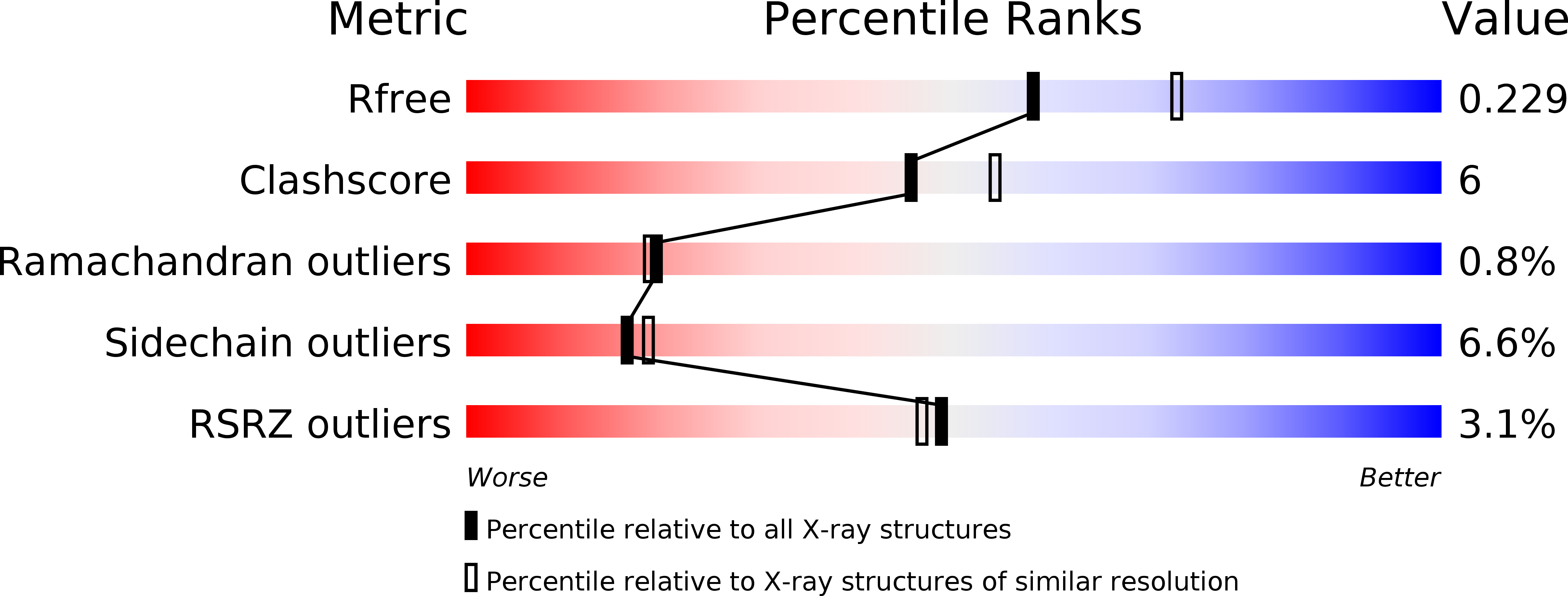
Deposition Date
2002-10-21
Release Date
2003-01-30
Last Version Date
2023-12-13
Entry Detail
PDB ID:
1O6Y
Keywords:
Title:
Catalytic domain of PknB kinase from Mycobacterium tuberculosis
Biological Source:
Source Organism:
MYCOBACTERIUM TUBERCULOSIS (Taxon ID: 83332)
Host Organism:
Method Details:
Experimental Method:
Resolution:
2.20 Å
R-Value Free:
0.23
R-Value Work:
0.19
R-Value Observed:
0.19
Space Group:
C 2 2 21


